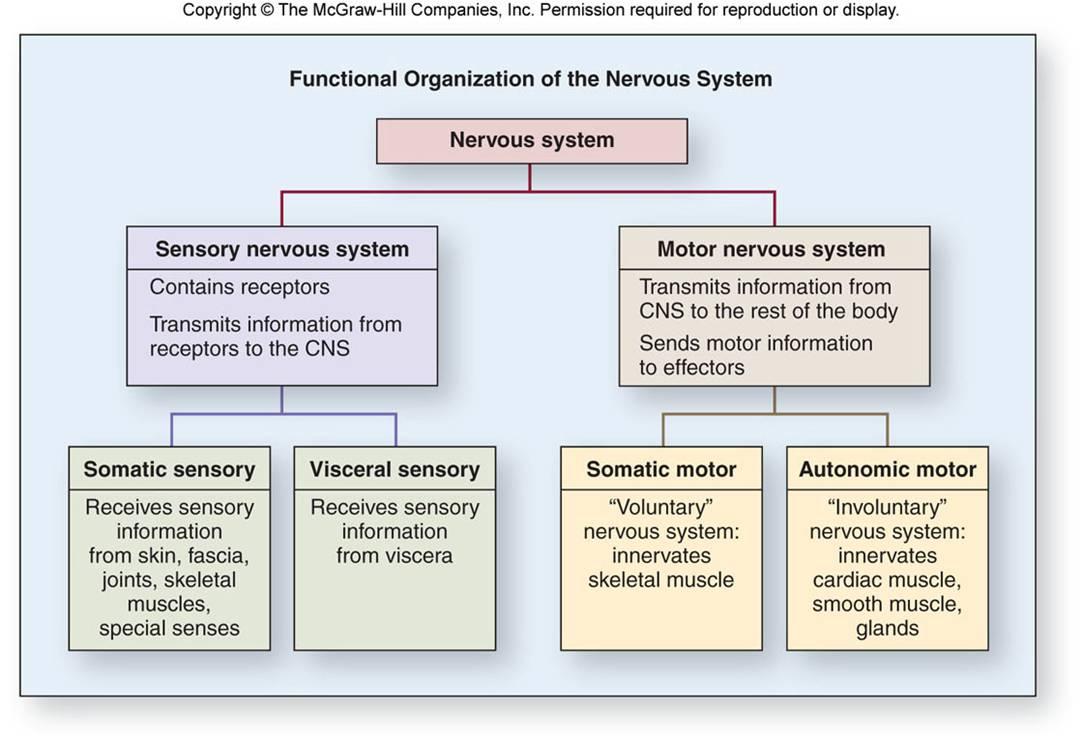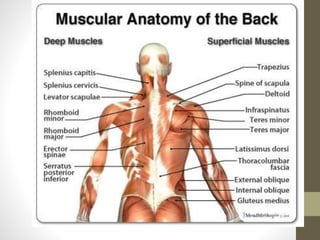Describe the system of fluid-filled chambers within the brain. Epithelial tissue creates protective boundaries and is involved in the diffusion of ions and.

Difference Between Somatic And Autonomic Nervous System In Tabular Form Autonomic Nervous System Nervous System Anatomy Nervous System
Explain both the anatomical and functional divisions of the nervous system.

. Describe the meninges of the brain. The average value of anatomical dead space is 150. Answer both questions please.
Meanwhile physiological dead space is the sum of all parts of the tidal volume that does not participate in gas exchange. Answer to Explain both the anatomical and functional divisions of the nervous system. Morphology encompasses the internal and outward appearance of an organism eg is shape size pattern as well as form and location.
Find step-by-step Anatomy and physiology solutions and your answer to the following textbook question. We review their content and use your feedback to keep the quality high. Describe the major anatomical and functional subdivisions of the nervous system and the autonomic nervous sys Get the answers you need now.
Please explain why there is this difference. -Anatomically nervous system is subdivided into twoThey are 1Central nervous system CNS-It consists of brain and spinal cord. On the other hand the parasympathetic nervous system inhibits the body from overworking and restores the body to a calm and composed state.
Describe the anatomical and functional differences between the facial bones and the cranial bones. The sympathetic system is associated with the fight-or-flight response and parasympathetic activity is referred to by the epithet of rest and digest. Body structures can be seen felt and examined closely.
A tissue is a group of cells in close proximity organized to perform one or more specific functions. Homeostasis is the balance between the two systems. The differences in structure and functions.
Include the subdivisions of each. A Midsagittal or median plane is a sagittal plane that perfectly divides the body down the midline. Epithelial tissue connective tissue muscle tissue and nervous tissue.
Describe the major subdivisions and anatomical landmarks of the brain. The two divisions of the autonomic nervous system are the sympathetic division and the parasympathetic division. Include the subdivisions of each.
Relate these functional differences to anatomical differences seen in these. Implications for Basal Ganglia Models and Deep Brain Stimulation. See the article The Organization of Prefrontal-Subthalamic Inputs in Primates Provides an Anatomical Substrate for Both Functional Specificity and Integration.
Arteries and veins are pipe-like vessels that carry blood in the body. Veins have valves contrary to arteries to prevent back-flow of blood flowing in them. Epithelial tissue is made of layers of cells that cover the surfaces of the body that come into contact with the exterior world line internal cavities and form glands.
These are two similar yet different types of blood vessels forming the parts of the circulatory system. Describe the functions of the skeletal system and define its two major subdivisions. Following analysis of the included papers this review finds that bilingualism induces significant gray and white matter cerebral changes particularly in the frontal lobes anterior cingulate cortex left inferior parietal lobule and subcortical areas and that native language and acquired language largely recruit the same neuroanatomical structures with however subtle functional and.
The four types of tissues in the body are epithelial connective muscle and nervous. Simply put anatomy is the study of the structure and identity of body parts while physiology is the study of how these parts function and relate to one another. - Anatomy studies the structure of body parts and their relationships to one another.
The somatic nervous system SNS autonomic nervous system ANS Somatic- Voluntary motor response means the contraction of skeletal muscle but those contractions are not always voluntary in the sense that you have to want to perform them. Define the types of paralysis and explain the basis for their differences. The sympathetic nervous system prepares the body for the fight or flight response during any potential danger.
View the full answer. Connective tissue binds the cells and organs of the body together and performs many. So this is the key difference between anatomical and physiological dead space.
State the locations of the gray and white matter of the brain. What is the major function of the pelvic girdle. The prefix mid can remind you that it is right down the middle.
These findings are consistent with the proposal that AL makes a contribution to control of abduction of the ulna during forearm pronation. Anatomy is a branch of the field of morphology. Ntatro37 ntatro37 23012021 Biology Secondary School answered Describe the major anatomical and functional subdivisions of the nervous system and the autonomic nervous system.
Study of large body structures visible to the naked eye such as the heart lungs and. Anatomical dead space is the air-filled in conducting airways and does not participate in gas exchange. Please describe how the anatomical structure of the facial and cranial bones is different from the bones of the upper extremity and how these.
- Gross or macroscopic anatomy. Difference between Sympathetic And Parasympathetic Nervous System. 2 Peripheral nervous system-All nervous system outside the CNSIt consists of nerves f.
In general arteries carry away the. The skeletal system includes all of the bones cartilages and ligaments of the body that support and give shape to the body and body structures whereas the skeleton consists of the bones of the body. There are four basic tissue types defined by their morphology and function.
Macroscopic Gross Anatomy Structures studied with the unaided eye. The key difference between functional and divisional structure is that functional structure is an organizational structure in which the organization is divided into smaller groups based on specialized functional areas such as production marketing and sales whereas divisional structure is a type of organizational structure where operations are. Include the subdivisions of each.
-The nervous system can be divided into two parts mostly on the basis of a functional difference in responses. 1 Define anatomy and physiology and describe their subdivisions. Thank you in advance.
Arteries have a much thicker wall to withstand the high pressure of blood flowing in them whereas veins have a thinner wall so that they can be pressed flat against adjacent muscles helping to move the blood. Different effects of forearm position on AL and AT activity during elbow extension may be explained by. A parasagittal plane is any sagittal plane that does not run perfectly down the midline of the body.
8 Divisions - 1Developmental Anatomy 2Embryology 3Pathologic Anatomy 4Radiography 5Regional Anatomy 6Systemic Anatomy 7Surface Anatomy 8Surgical Anatomy.

12 1 Structure And Function Of The Nervous System Anatomy Physiology

What Are The Functional Divisions Of The Nervous System Socratic

0 Comments